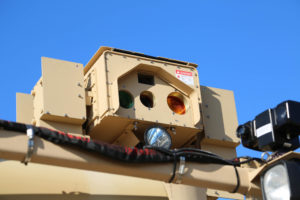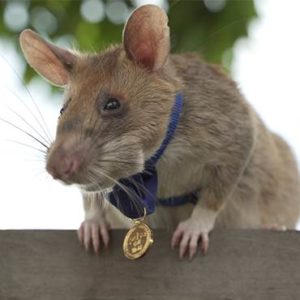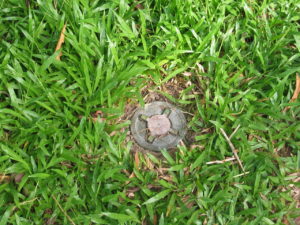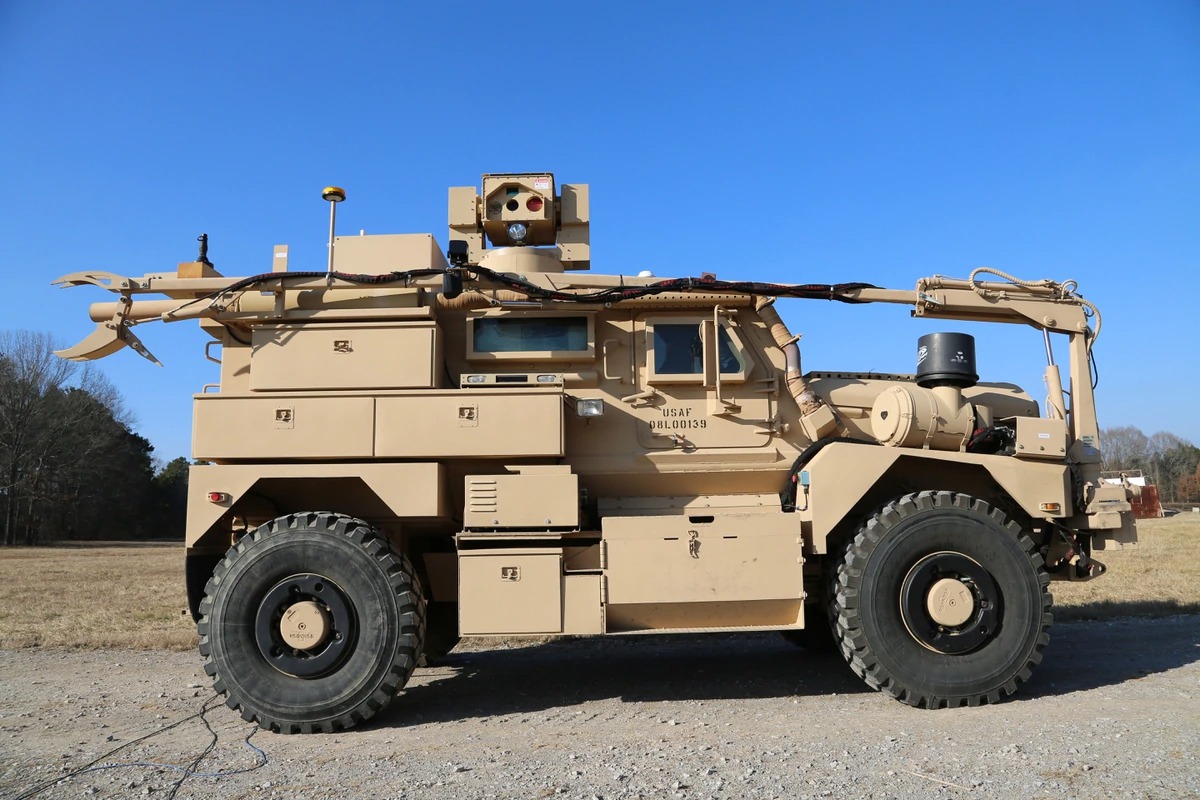The 80 million landmines and other unexploded ordnance left behind after armed conflicts are the scourge of many countries that have emerged from such strife. They pose an immense threat to both humans and animals and cause horrific injuries to innocents who took no part in the fighting but pay a heavy price. The International Campaign to Ban Landmines estimates that around 15,000 to 20,000 people are seriously injured or killed by landmines each year.
Finding and eliminating these left-over explosives is a time consuming, and dangerous job as many of these items become more unstable as time passes. Apart from a man gently prodding the earth with a probe, there are three new and innovative ways of helping countries clear these deadly traps.
Lasers
The US Air Force is working with a company based in Virginia, Parsons Corporation, to build a vehicle that will have the capability to detonate landmines from just over 984 feet away.
Parsons Corporation has won a contract valued at $40 million to build a RADBO (Recovery of Airbase Denied by Ordnance).

The company will equip a mine-resistant Cougar infantry vehicle with a three-kilowatt ZEUS Laser System developed by Parsons, and a manipulating arm to clear obstacles and debris out of the way.
Parsons indicates that the laser will have the power to detonate cluster bombs, general-purpose bombs, thick-cased artillery rounds, landmines, and other small submunitions.
Parson is building the vehicle in Huntsville, Alabama, and they plan to have the vehicle ready for deployment in 2023.
African Gian Pouched Rats
A Tanzania-based non-profit organization, APOPO, has been training African giant pouched rats to identify explosives and landmines.
The project has been extremely successful. Recently, one of their sniffer-rats, Magawa, was awarded a gold medal by the British Animal Charity, PDSA, for devotion to duty or gallantry. This charity’s gold medal is awarded to animals outside of the military for gallantry and has been awarded to dogs, cats, horses, and pigeons. This is the first time in the organization’s history that a medal has been awarded to a rodent.

This rat has been working in Cambodia and has cleared almost 14 hectares (34,5 acres) of minefields and found 28 pieces of unexploded ordnance and 39 landmines.
The CEO of APOPO, Chrisophe Cox, said that identifying landmines for clearance was a time consuming and tedious job, but suing rats speeded up the process. Rats can scan an area of 200 square meters in thirty minutes compared to the four days that it would take a man using a probe.
Bees
Croatia, which has an estimated 264 square kilometers of minefields, containing 90,000 landmines, has taken a different approach and trains bees to associate the smell of explosives with food.
To train the bees, scientists set up a test with a beehive at one end. Dotted around the tent are containers with similar containers. Only a few of the boxes hold a sugar-solution in them, and those are situated above ground impregnated with the smell of explosives. Gradually the bees learn to associate the scent of explosives with food.

Once released in a minefield, the bees will make straight for a place where they smell explosives, expecting to find a sugar solution.
Another Article From Us: Can We Really Believe That the Days of Jet Fighter Pilots are Numbered?
Scientists working on the project claim that the bees are faster and safer than using sniffer dogs.
